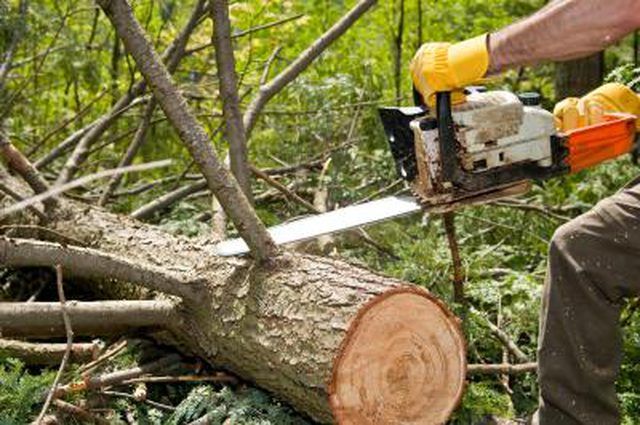Bulbs
Flower Basics
Flower Beds & Specialty Gardens
Flower Garden
Garden Furniture
Garden Gnomes
Garden Seeds
Garden Sheds
Garden Statues
Garden Tools & Supplies
Gardening Basics
Green & Organic
Groundcovers & Vines
Growing Annuals
Growing Basil
Growing Beans
Growing Berries
Growing Blueberries
Growing Cactus
Growing Corn
Growing Cotton
Growing Edibles
Growing Flowers
Growing Garlic
Growing Grapes
Growing Grass
Growing Herbs
Growing Jasmine
Growing Mint
Growing Mushrooms
Orchids
Growing Peanuts
Growing Perennials
Growing Plants
Growing Rosemary
Growing Roses
Growing Strawberries
Growing Sunflowers
Growing Thyme
Growing Tomatoes
Growing Tulips
Growing Vegetables
Herb Basics
Herb Garden
Indoor Growing
Landscaping Basics
Landscaping Patios
Landscaping Plants
Landscaping Shrubs
Landscaping Trees
Landscaping Walks & Pathways
Lawn Basics
Lawn Maintenance
Lawn Mowers
Lawn Ornaments
Lawn Planting
Lawn Tools
Outdoor Growing
Overall Landscape Planning
Pests, Weeds & Problems
Plant Basics
Rock Garden
Rose Garden
Shrubs
Soil
Specialty Gardens
Trees
Vegetable Garden
Yard Maintenance
How to Tell the Age of a Tree Without Cutting it Down
How to Tell the Age of a Tree Without Cutting it Down. The easiest way to tell the age of a tree is to cut it down and count the interior rings. But what do you do when you don’t want to cut down the tree but want to obtain a general estimate of its age? One way is to have a professional obtain a core boring of the tree and count the annual...

The easiest way to tell the age of a tree is to cut it down and count the interior rings. But what do you do when you donít want to cut down the tree but want to obtain a general estimate of its age? One way is to have a professional obtain a core boring of the tree and count the annual rings. This method, however, is invasive and may damage the tree. Another method, developed by the International Society of Arboriculture, requires only some simple measurements and calculations to obtain a good estimate of a tree's age.
Things You'll Need
Tape measure
Calculator
Estimate a Tree's Age
Wrap the tape measure around the tree at about four and a half feet above the ground. This measurement is the treeís circumference. Write down this measurement.
Use the circumference to find the diameter of the tree. The formula for finding diameter is: Diameter = circumference divided by 3.14 (pi).
Determine the age of the tree by multiplying the diameter by the growth factor. Here are the growth factor rates for common trees:
2.0: Aspen, Cottonwood
3.0: Silver Maple, Pin Oak, Linden
3.5: River Birch
4.0: American Elm, Green Ash, Red Oak
4.5: Black Walnut, Red Maple
5.0: Sugar Maple, White Birch, White Oak, Black Cherry
7.0: Dogwood, Ironwood, Redbud
For example, say a Silver Maple has a circumference of 20 inches. The diameter (20 divided by 3.14) is 6.369. The diameter (6.369) x growth factor (3.0) = 19.108. The tree is approximately 19 years old.
Tips & Warnings
These growth factor rates are typical for trees growing in a heavily wooded area. Trees in a landscaped or open setting grow more quickly and develop wider growth rings (and therefore a larger circumference). For trees growing in these type of conditions, the age estimates based on the growth factors in the chart would have to be adjusted down to compensate for this added growth.